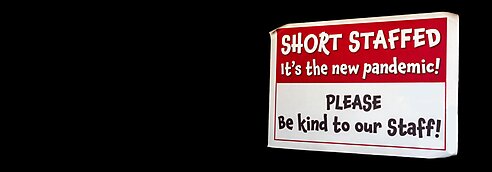Lesson Overview
Students will investigate unemployment trends related to the COVID-19 pandemic. After reading about public policy reactions to economic slowing, students will describe how people respond predictably to incentives. Students will explain how people sometimes react to incentives in predictable but suboptimal ways. Students will then place themselves in a stakeholder role to write a short statement from a particular perspective.

